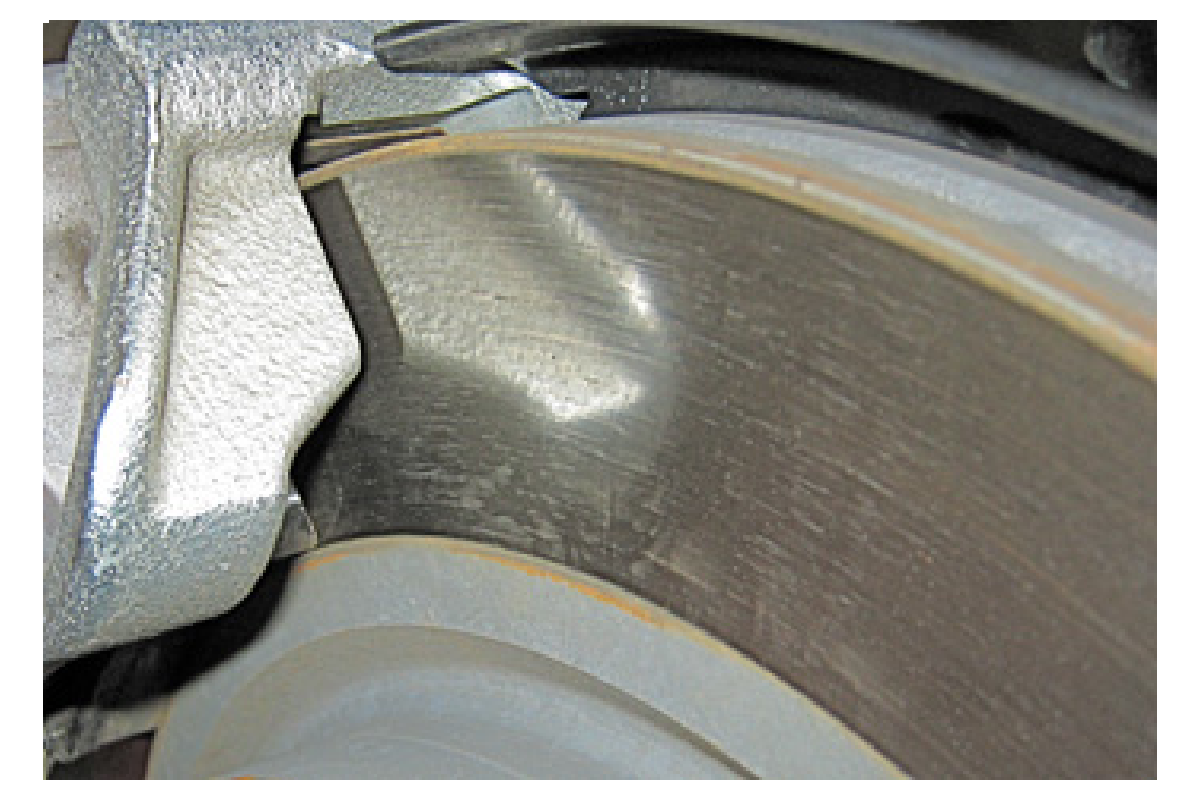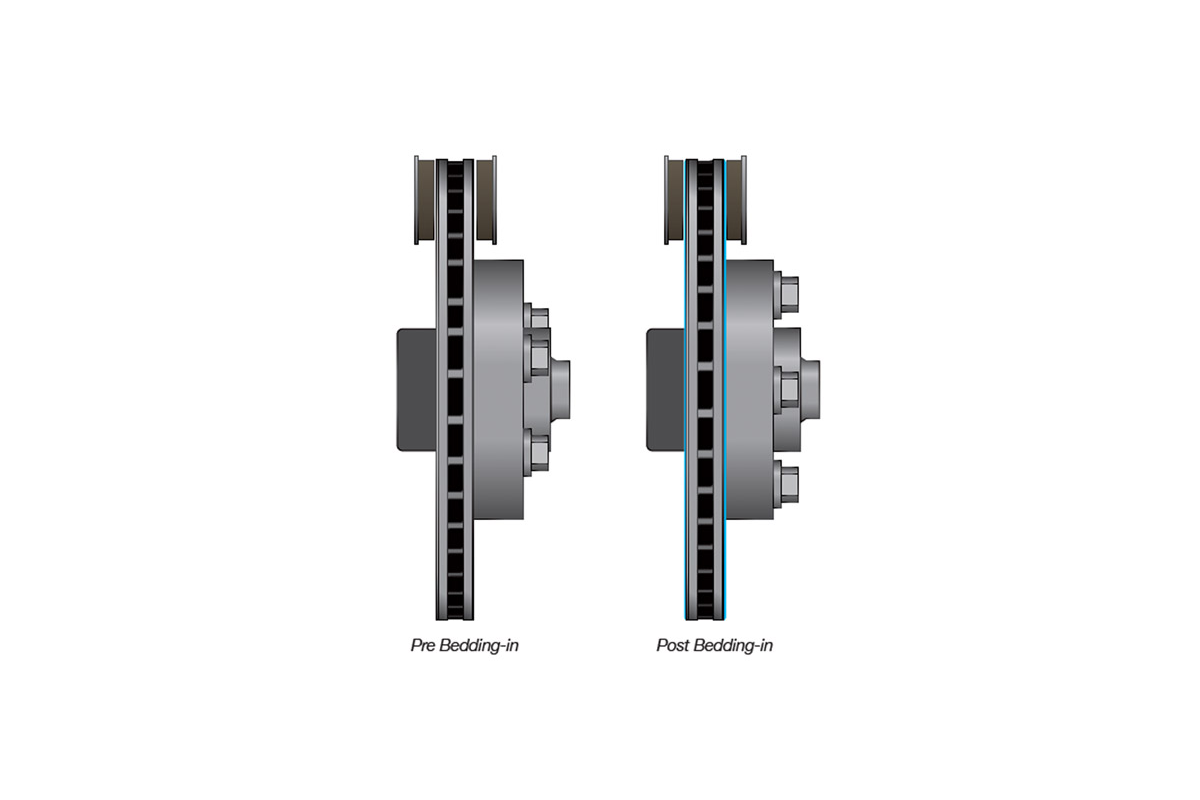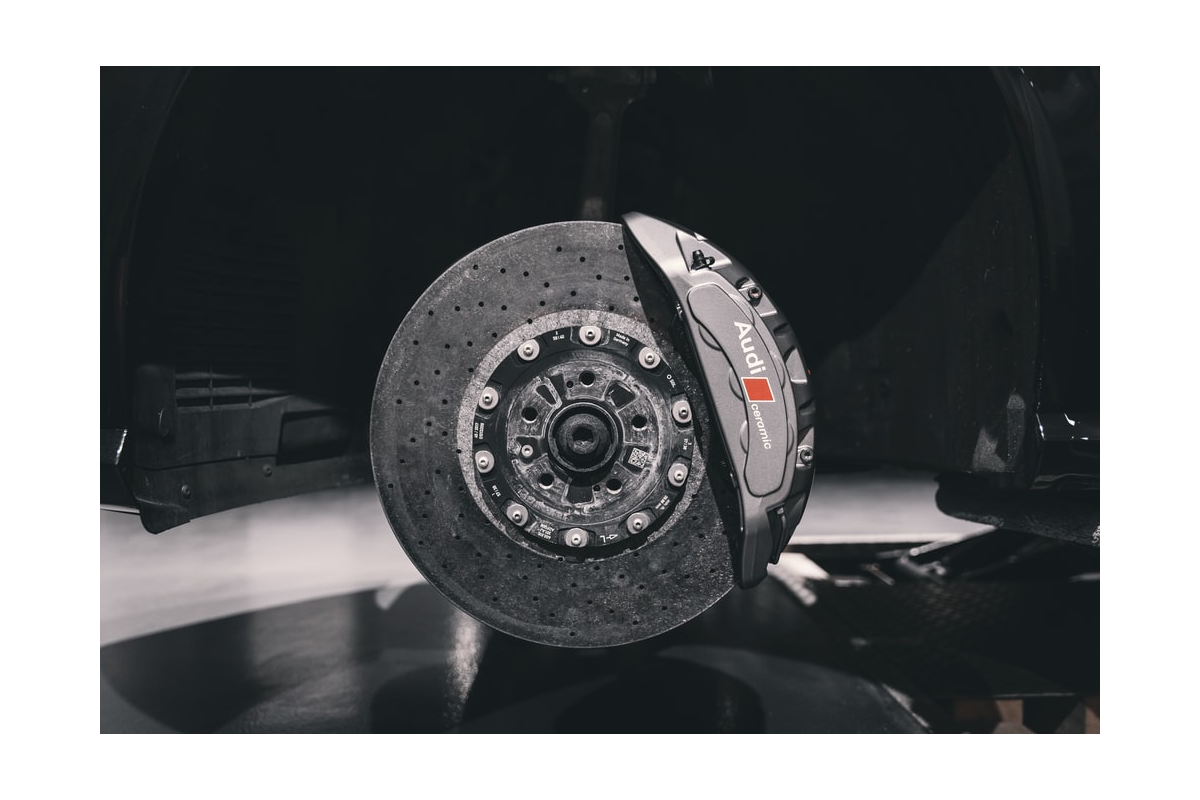Brake bedding is a process that helps to transfer a layer of brake pad material onto the brake rotor which assists in smoother brake operation and improved braking power. The main purpose of bedding in brakes is to deposit an even layer of friction material on the rotor/drum surface. It is done with gradually increased heat cycles to create a thin, even film of brake pad material on the surface of your rotor. This process of bedding brake pads and rotors is also known as a break-in, conditioning, or burnishing and it is essential if you want your brakes system to work well. When it comes to bedding, you must bed in your brakes carefully and precisely. The transfer layer must be completely even; even a few thousandths of an inch of width variation across the rotors can cause vibration, excessive noise, and judder which can severely compromise your braking performance and driving comfort.
Visit Our Shop to Buy New Brake Pads Now

How to Bed In Your New Breaks
First, it is important for you to follow the bed-in procedures provided by the manufacturer but when installing new pads, make sure that the rotors are new or at least resurfaced to remove any transfer film from the previous set of brake pads. It is critical that the installer clean any rust, scale, or debris from the hub mounting surface thoroughly and check it for excessive run-out with a dial indicator gauge before installing the rotor. Residue from the previous pad compound on the surface or an irregular surface on a used rotor will cause brake judder or other difficulties when bedding in the new brake pads. The pads need a fresh surface to lay down an even transfer film. For best results though, bed in needs to be done immediately after installing new components and all brake pads must be bedded-in with the rotor they will be used against.
The bedding-in process requires lots of accelerating and quick decelerating. Perform this process early in the morning and in a low-traffic area so that you avoid other vehicles.
Here’s how you can do it;
- From 60 MPH, apply the brakes gently a few times to bring them up to their usual operating temperature. This prepares your pads and rotors for the high heat generated in the next steps.
- Make a near-stop from 60 to about 10 MPH. Press the brakes firmly, but not so hard that the ABS engages or the wheels lock. Once you’ve slowed down, immediately speed up to 60 MPH and apply the brakes again. Perform this cycle 8-10 times. Do not come to a complete stop! If you hold the brake pedal down while stopped you will leave excessive pad material on the rotors and ruin your braking performance.
- Once you’ve performed that final near-stop, accelerate and drive a bit more, trying to use the brakes as little as possible so they can cool down, also try not to become trapped in traffic or come to a complete stop while the brakes are still hot.
If you are bedding in performance/racing brakes, you may have to perform extra near-stops from a higher speed. After the break-in cycle, there should be a slight blue tint and a light gray film on each rotor face. The blue tint means that the rotor has reached break-in temperature and the gray film is pad material starting to transfer onto the rotor face. This is a sign that you have bedded your brakes well. The best braking occurs when there is an even layer of pad material deposited across the rotors.

Importance of bedding in your brakes
Bedding in your brake pads and rotor improves brake’s performance and prevents brakes from squeaking and squealing. Bedding in is also important because;
- Having a uniform layer of pad material on the brake rotor is essential to minimizing brake squeal and vibration,
- Proper bedding improves pedal feel, prevents (and often cures) brake judder, reduces brake dust, and extends the life of pads and rotors
- The transfer layer from the bedding process, enhances the friction-generating properties of pads and rotors, and in turn it improves brakes’ performance and extends their lifespan.
- It’s a good way to safely test your braking system to see how it works under stress so that you can be sure that everything is working properly
- Bed in minimizes squealing, increases braking torque, and maximizes pad and rotor life.
- It is an important process to ensure maximum braking performance, safety, and comfort
- Bedding your brakes properly will help to keep them quiet, prevent “warping” of the brake rotors, and help with even wear of the pads and rotors, especially in higher performance driving, or in any application where the brakes will be worked hard, such as towing.

You may bed in the brakes for the second time since after the first break-in cycle shown, the brakes may still not be fully broken in. Make sure you do the second one after the brakes have cooled down fully from the first cycle. Second bedding in may be required if you have installed new pads on old rotors, since the pads need some usage to conform to the rotor wear pattern. If you’ve just installed a big brake kit, pedal travel may not feel as firm as you expected.
After the second bedding cycle, the pedal will become noticeably firmer. If necessary, bleed the brakes to improve pedal firmness. Brand new brake pads and rotors will have very little braking power on their first few applications. Gently apply your brakes from low speeds a few times to establish some grip before you take your vehicle onto the highway or busy roads. Don’t immediately bed your brakes if you have brand new rotors with phosphate, cadmium, or zinc plating. Do some normal driving to polish the plating off the rotors before bedding in your brakes. At the end of the day though it’s important to check your brake pad manufacturer’s recommended procedure for bedding in brake pads.





When a car is parked, the pad surface can heavily transfer or melt onto the rotor resulting in an uneven region of pad material deposited on itself. When you restart driving, a new pad material is deposited on top of and around the additional deposit, resulting in an uneven rotor surface. When newly placed pads and rotors immediately acquire a pulsation, this problem is characterized as a “warped rotor” in the majority of cases. There’s a significant probability that this issue might have been averted if the bedding-in procedure is followed correctly.